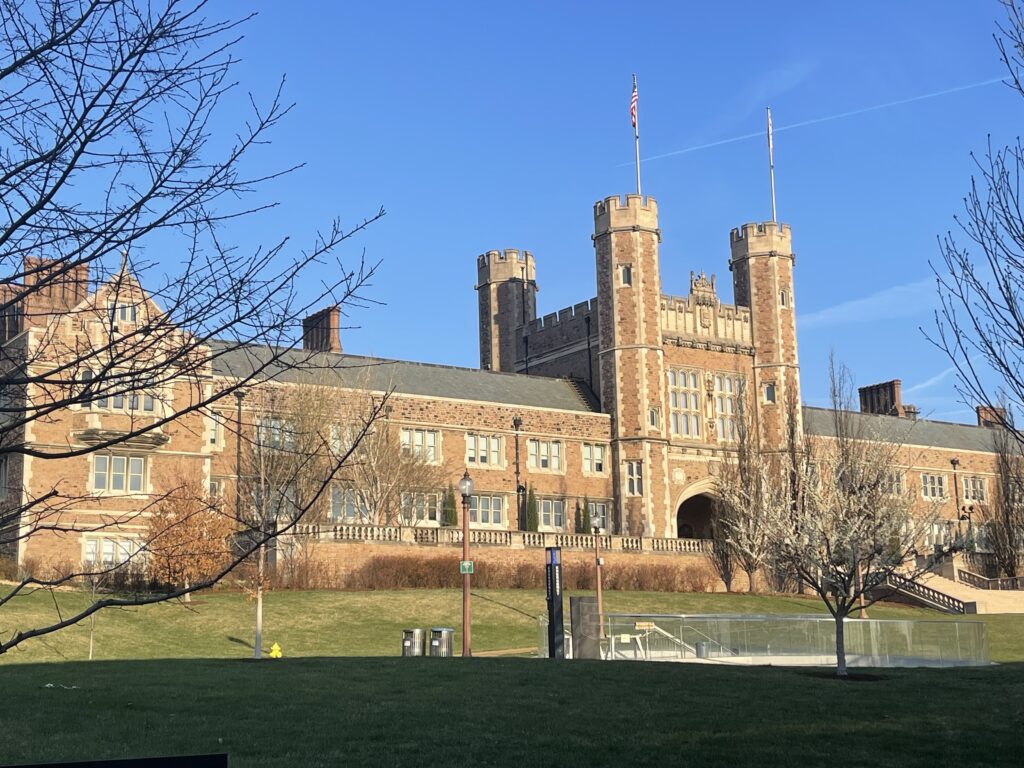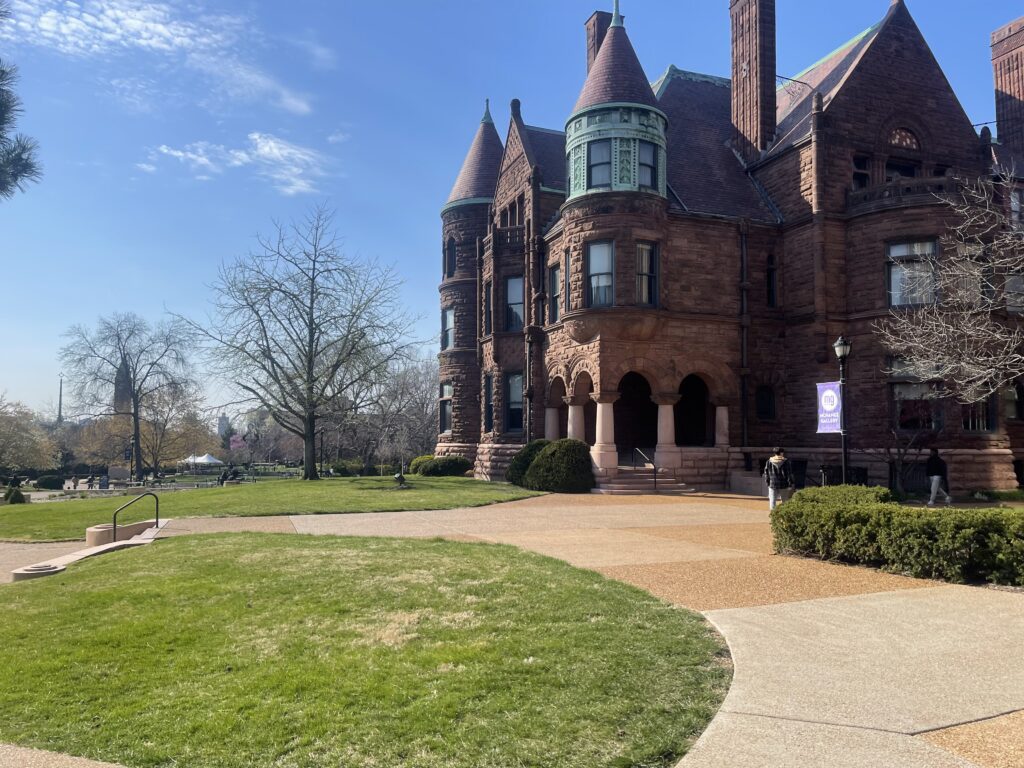I recently visited the University of Connecticut in Storrs, Connecticut, where I toured campus and spoke with the admissions office about the latest trends in admissions. Here are some takeaways from my visit:
· The University of Connecticut has seen a surge in applications, especially out-of-state applications (40% of students come from outside CT), in recent years. A scenic campus, robust school spirit and strong programs, particularly in STEM, draw students to Storrs.
· Located in rural CT (the university makes its own ice cream from campus cows), UConn created its own artificial “downtown,” a walkable, European-like agglomeration of buildings 10 minutes from the center of campus where students congregate. The four-acre campus is relatively walkable, and a shuttle also provides transit.
· Famed for its basketball teams (the Huskies have won 25 national championships), UConn is a place where students crowd into the Harry Gampel Pavilion to cheer on their winning teams. In part owing to the school’s rural location, students tend to be very involved in their 700+ student organizations. Greek life only draws 13% of students.
· UConn is most known for its strengths in STEM, including engineering, computer science, business and health. The computer science major features a cybersecurity track (hackathons are held on campus), and multiple makerspaces (open to all students) are located throughout campus. A concentration in entrepreneurship is available to business students, but non-business students can still take a course in entrepreneurship and benefit from UConn’s Worth Institute for Entrepreneurship. Opportunities to become involved and research are also bountiful.
· While UConn has just under 20,000 undergrads, its “learning communities” offer freshmen a more intimate feel. These faculty-led themed communities allow students with a common interest or background to take classes and engage in activities together and receive support from sophomore mentors and faculty. Many are residential communities, and each has its own dedicated space where students can gather. Entrance into one of these communities is not guaranteed, however: because space is limited, there is a lottery and waitlist, with only 35% of students participating.
· Introductory courses are large lectures. In addition to its learning communities, however, UConn provides extensive support to help students meet any challenges. Most freshman participate in First Year Experience courses, small seminars of 19 students that help them successfully transition to college life. Peer mentors are bountiful, and the Academic Achievement Center provides individualized academic advising, in-classroom coaching to teach students key study strategies during critical times of the semester, as well as additional layers of academic support. Career advising ensures all new students are on LinkedIn by Thanksgiving.




